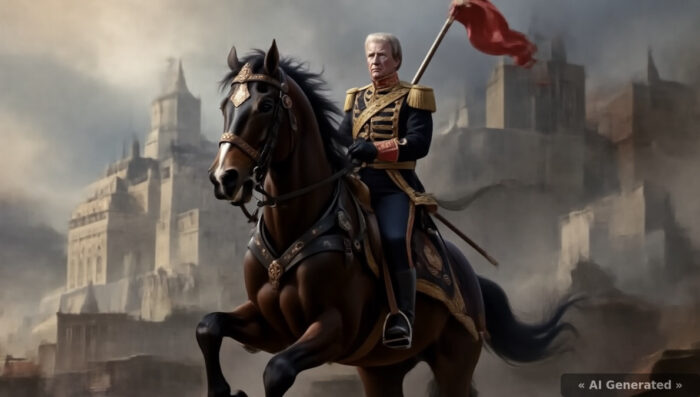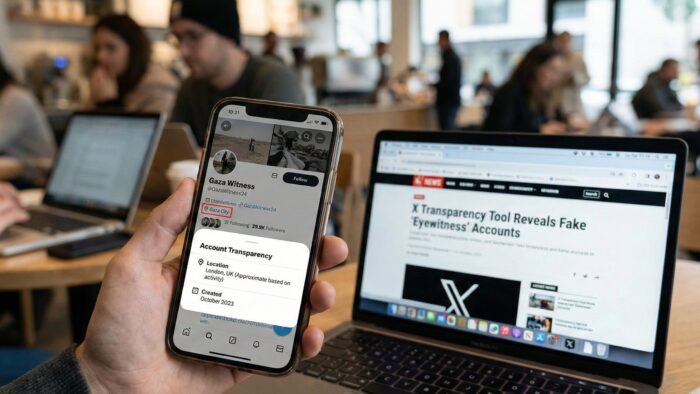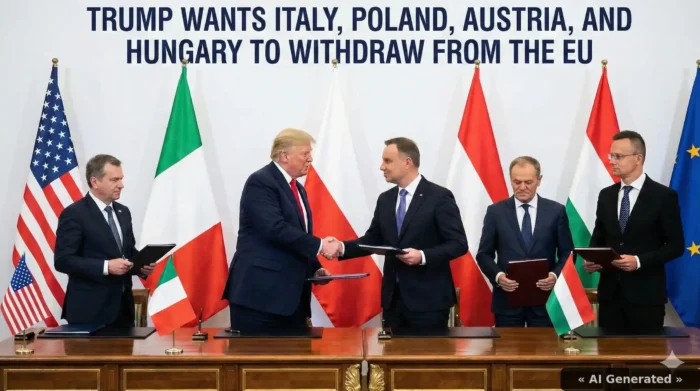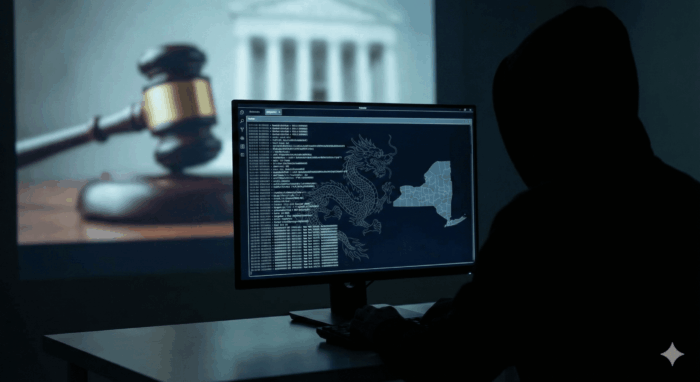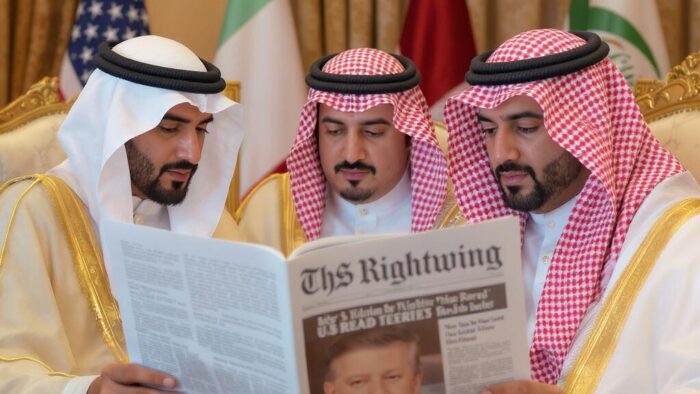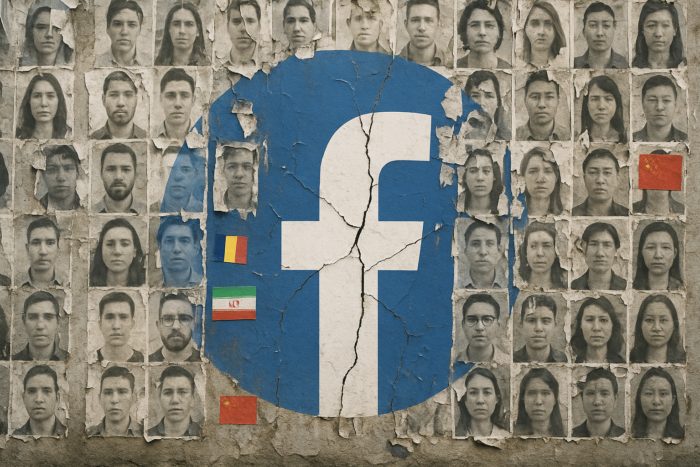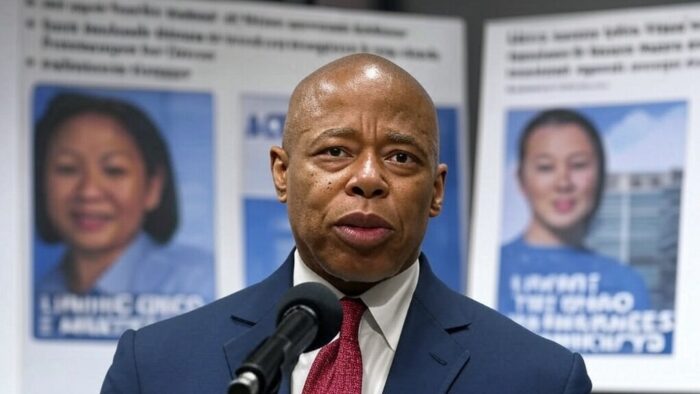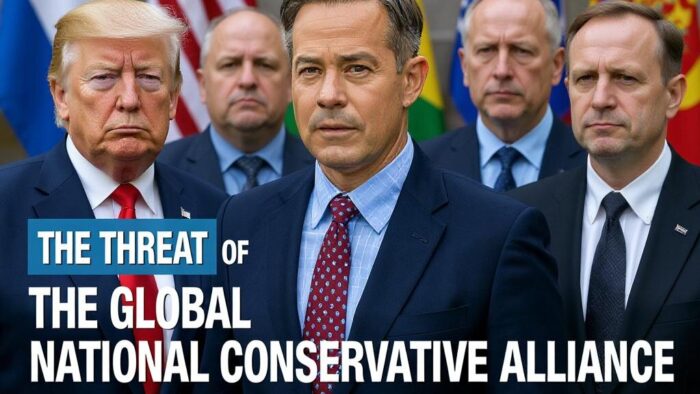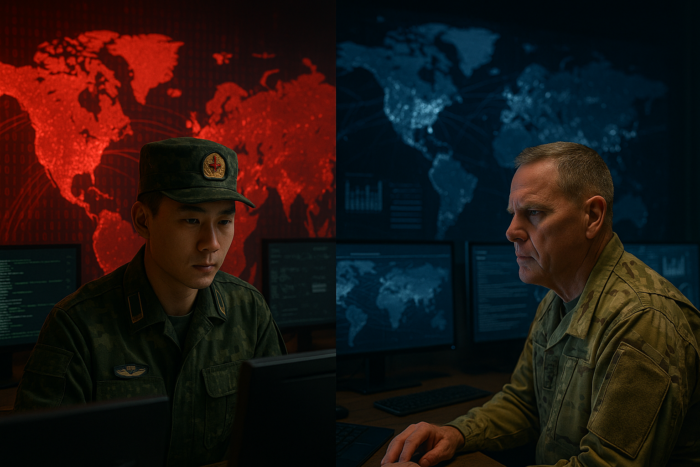China’s influence on UNESCO has significantly expanded as President Trump’s decision to withdraw the United States from the cultural organization removes a powerful check on Beijing’s efforts to shape educational curricula, historical designations, and artificial intelligence guidelines. On 23 July 2025, The New York Times reported that China is poised to become UNESCO’s biggest funder while leveraging the agency to advance Xi Jinping’s Belt and Road Initiative and Global Civilization Initiative, with a Chinese official now serving as deputy director general. The article begins:
Any traveler who has picked up an international guidebook knows the UNESCO designation as shorthand for a must-see cultural destination that’s worthy of a detour. But the United Nations Educational, Scientific and Cultural Organization has also become the target of an intense Chinese influence campaign in recent years as Beijing has sought to increase its reach over educational curriculums, historical designations and even artificial intelligence. President Trump’s decision Tuesday to withdraw the United States from the group removes a powerful check on China’s effort, in the latest example of how the White House retreat from international institutions offers an opening for China to advance its soft power.
Read more: https://www.nytimes.com/2025/07/23/world/asia/unesco-china-us.html
Key Points
- The United States was UNESCO’s largest backer at nearly 25% of funding, but China has stepped up to fill the void as Washington repeatedly withdraws from the organization
- Beijing lobbies heavily for World Heritage designations in oppressed regions like Tibet and Xinjiang, where local residents view them as cultural appropriation and control attempts
- UNESCO has cooperation agreements with the Chinese AI company iFlytek for higher education in Asia and Africa, while the agency sets global artificial intelligence guidelines
- A Uyghur linguist’s UNESCO conference presentation was abruptly canceled after he criticized China, with organizers fearing they would offend Chinese sponsor Talkmate executives
Beijing’s Global Influence: The Strategic Use of Culture
Beijing uses cultural outreach as a sophisticated dual-purpose tool, aiming to both attract foreign audiences and exert coercive control over narratives about China. This strategy heavily relies on educational and cultural platforms, such as Confucius Institutes, which have prompted Western governments to reassess academic partnerships with China due to concerns over intellectual freedom and political compliance. While not always directly controlled by the Chinese Communist Party, these cultural programs foster an environment of self-censorship and ideological alignment, with instructors often demonstrating a high degree of political conformity.
The approach also extends into the digital realm, where state-sponsored campaigns utilize social media influencers to disseminate culturally-focused content designed to project a benign image and counter criticism on the world stage. These actions represent a strategic fusion of soft power appeal with sharp power tactics, leveraging cultural products and institutions to infiltrate societies and penalize dissent.
External References:
-
Exploring China’s Soft Power: Manifestations of the Chinese Dream in Cultural Diplomacy
-
The Cultural Soft Power of China: A Tool for Dualistic National Security
Disclaimer
The Global Influence Operations Report (GIOR) employs AI throughout the posting process, including generating summaries of news items, the introduction, key points, and often the “context” section. We recommend verifying all information before use. Additionally, images are AI-generated and intended solely for illustrative purposes. While they represent the events or individuals discussed, they should not be interpreted as real-world photography.
